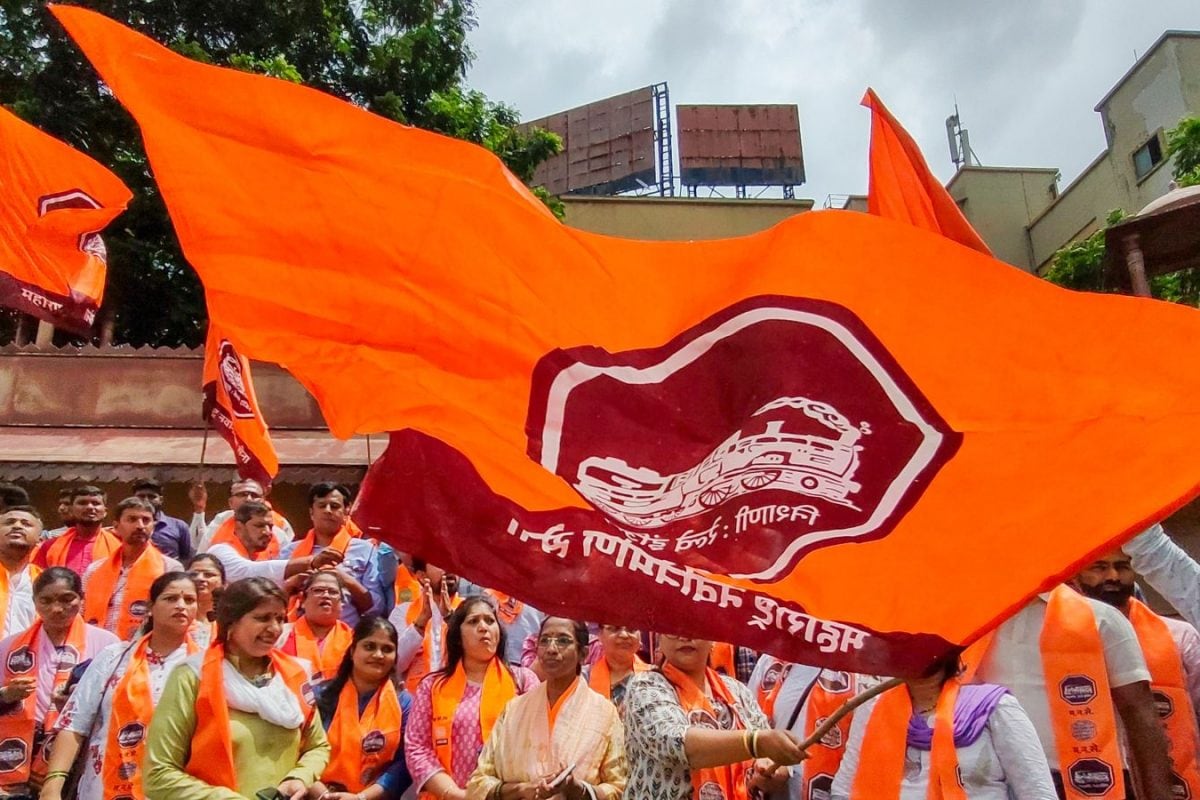

India is a land of vast linguistic diversity, with hundreds of languages spoken across its states and union territories. Understanding the linguistic landscape of each state, particularly the dominance of certain languages, is crucial in navigating regional identities and potential friction points. Recently, a row has erupted concerning Marathi and Hindi, highlighting the complexities of language politics in India.
According to the Census of India 2011, there are 121 major languages in India, with 30 spoken by over a million native speakers. These languages belong to several families, including Indo-Aryan (spoken by 78.05% of Indians) and Dravidian (spoken by 19.64%). The remaining languages come from Austroasiatic, Sino-Tibetan, and other minor families.
Hindi is the most widely spoken language in India, with approximately 528 million speakers. It serves as the official language of the central government and is dominant in the "Hindi belt" states of Uttar Pradesh, Bihar, Rajasthan, Madhya Pradesh, and others. However, the term "Hindi" encompasses several Hindi languages. Bengali is the second most spoken language, with over 97 million speakers, primarily in West Bengal and the northeastern states. Marathi follows, with over 83 million speakers, mainly in Maharashtra. Telugu, Tamil, Gujarati, Urdu, Kannada, Odia and Malayalam are other significant languages.
Each state in India has its own official language(s) determined through legislation. For example, Maharashtra's official language is Marathi. While many people in a state may speak the dominant language, it is not always the only language spoken or understood. Multilingualism is common, with 26% of Indians being bilingual and 7% trilingual, as per the 2011 census.
The recent "Marathi vs. Hindi" row in Maharashtra underscores the sensitivity surrounding language and identity. The controversy began after the state government introduced a policy mandating Hindi as a compulsory third language in primary schools. This move sparked backlash from teachers, political parties, and civil society groups, who saw it as an imposition on Marathi language and culture. Critics argued that it would burden young students and lead to "cultural hegemony". Facing public anger, the government reversed the decision.
Political figures have weighed in on the debate, with some emphasizing the importance of Marathi and cautioning against the imposition of Hindi. There have also been calls for unity and inclusivity, with some leaders downplaying the conflict and accusing political opponents of inciting division.
This situation highlights a broader issue of linguistic identity and regional pride in India. While Hindi serves as a lingua franca in many parts of the country, there is resistance to its perceived imposition, especially in states with strong regional languages. The debate raises questions about language policy, cultural preservation, and the balance between national unity and regional autonomy.
Understanding how many people speak a state's dominant language requires analyzing census data and acknowledging the presence of linguistic minorities. It also involves recognizing the social and political context surrounding language, as seen in the "Marathi vs. Hindi" row. As India continues to evolve, navigating its linguistic diversity will remain crucial for fostering inclusivity and harmony.